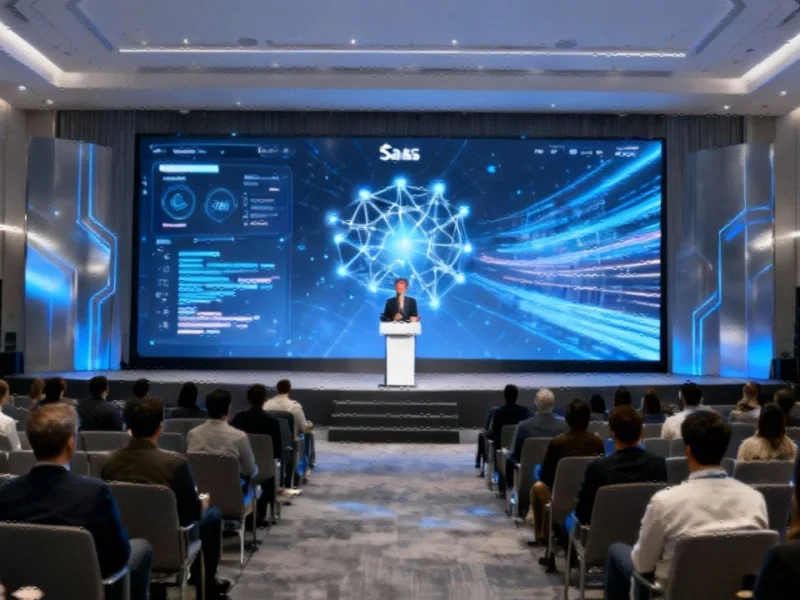According to Forbes, the healthcare industry has been overusing “personalization” for a decade while millions of patients still receive standardized care. The paradox is that AI has made healthcare more efficient but not more human, creating an illusion of individual care that leaves patients feeling like data points. Experts say the problem isn’t the technology but the data—most AI models are trained on population-level datasets like electronic health records that reveal statistical trends but not biological realities. Companies like California-based Parallel Health are tackling this by helping AI interpret biological data directly, with CEO Natalise Kalea Robinson stating that real personalization means treating patients as complex systems rather than statistics. Their platform uses quantitative whole-genome sequencing to map trillions of microorganisms in a person’s skin microbiome, moving beyond population averages to understand individual biological reality.
The biology gap
Here’s the thing about current healthcare AI: it’s really good at pattern recognition but terrible at understanding what’s actually happening inside your body. Most “personalized” medicine today is just sophisticated segmentation—you get placed in a bucket based on symptoms or demographics, then get the treatment that worked for most people in that bucket. But as Parallel Health’s research shows, two patients with the same acne diagnosis can have completely different underlying causes. One might have standard bacteria while another has antibiotic-resistant strains. Their AI system has yet to find two identical skin microbiomes across their entire dataset. That’s why population-level data alone just doesn’t cut it.
From patterns to mechanisms
What happens when you shift from population data to biological data? According to Dr. Nathan Brown, Parallel Health’s chief science officer, it transforms AI from a pattern-matching tool into a “mechanistic prediction engine.” Instead of just spotting correlations, their system can identify that specific microbial imbalances actually preceded symptom onset by months. That’s the difference between early detection and true prediction. The really interesting part? The same microbial patterns that signal inflammation in acne might appear in conditions like rosacea or psoriasis. So the AI isn’t just learning about one disease—it’s learning fundamental principles of host-microbe interaction that apply across multiple conditions. Independent researchers have echoed this potential in publications like Nature, though they remain cautious about regulatory and manufacturing hurdles.
The scale problem
Now, you might be thinking—this sounds expensive and impossible to scale. But Dr. Seaver Soon, Parallel’s lead dermatologist, says that assumption misses how platform technologies evolve. They’re not creating unique treatments from scratch for every person. Instead, they’re using platform technology to match patients to bespoke solutions from a defined toolkit. It’s similar to how genomic sequencing started slow and expensive but eventually became routine. The company claims their expanding biobank of microbial strains and manufacturing process could make this approach scalable. And honestly, if you can tell from the start that a patient’s bacteria are resistant to certain antibiotics, you’re saving both time and money by avoiding treatments that won’t work.
The human factor
But here’s where it gets really interesting—and complicated. As biology-driven AI becomes more powerful, questions about privacy and equity are becoming unavoidable. A report from the National Center for Biotechnology Information warns that data sovereignty—the right to control how biological data is collected and interpreted—will define the next phase of health innovation. Robinson insists this principle is built into their model, with transparency about what data is collected and how it’s used. But the real risk? Creating a two-tier system where precision care is only available to the wealthy. Communities that contribute data to AI models must benefit from the resulting improvements. Bioethicists are increasingly voicing similar concerns, emphasizing that the future of personalized medicine depends not just on smarter algorithms but on fairer systems of trust and shared benefit. Basically, we’re at a crossroads where technology could either empower patients or create new forms of healthcare inequality.




